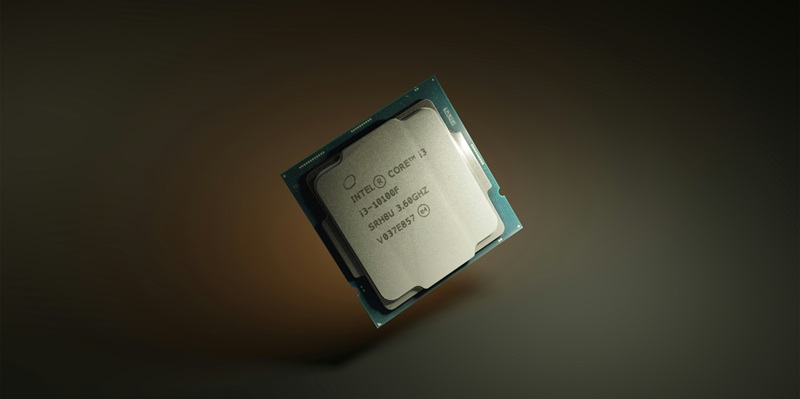A recent leak has shed light on Intel’s much-anticipated Panther Lake lineup, marking a significant step forward for the tech giant as it eyes a 2025 release. Panther Lake is set to be available in three distinct SKU variants: Panther Lake-U, Panther Lake-P, and Panther Lake-H, each designed to cater to different power requirements and performance needs. The U variant, reportedly the most power-efficient of the trio, features a TDP (Thermal Design Power) of 15 Watts, with a configuration of four P cores, four LP-E cores, and an Arc iGPU equipped with four Xe3 cores. On the other end of the spectrum, the H variant sports a 25 Watt TDP, includes four P cores, eight E cores, and four LP-E cores, but retains the same Arc iGPU as the U variant. The P variant also has a TDP of 25 Watts but distinguishes itself with an iGPU boasting 12 CUs, coupled with a similar core configuration to the H variant.
Advanced Architectural Features
The Panther Lake CPUs will incorporate Intel’s third-generation Celestial architecture for integrated graphics (iGPU), setting a new standard in visual computing efficiency. This series will employ Cougar Cove, Darkmont, and Skymont designs for their P, E, and LP-E cores respectively, ensuring a balanced and optimized performance profile. Manufactured using Intel’s advanced 18A node, this lineup is poised to offer significant improvements in power delivery through unique innovations such as backside power delivery. This advance potentially provides Intel with a competitive edge in power efficiency, possibly outpacing industry giants like TSMC and Samsung, who anticipate introducing similar features by 2027. The introduction of these new architectural paradigms indicates Intel’s ambition to solidify its dominance in both the efficiency and performance sectors of semiconductor design.
Strategic Implications for the Market
Intel’s Panther Lake series represents a calculated initiative to address a wide array of market demands through its diversified SKUs, varying power, and performance metrics. This approach suggests that Intel is not only targeting high-performance user segments but also focusing on power-sensitive applications. According to a report from Moore’s Law is Dead and a corroborative Dell roadmap, the Panther Lake is inching toward a potential 2026 launch under the Core Ultra 300 brand. This timing seems strategic, enabling Intel to better position itself against competitors as it seeks to maintain and expand its market share. Overall, the Panther Lake leak emphasizes Intel’s holistic strategy to blend cutting-edge manufacturing techniques with a diverse product range, promising to enhance both efficiency and performance in the coming years.

